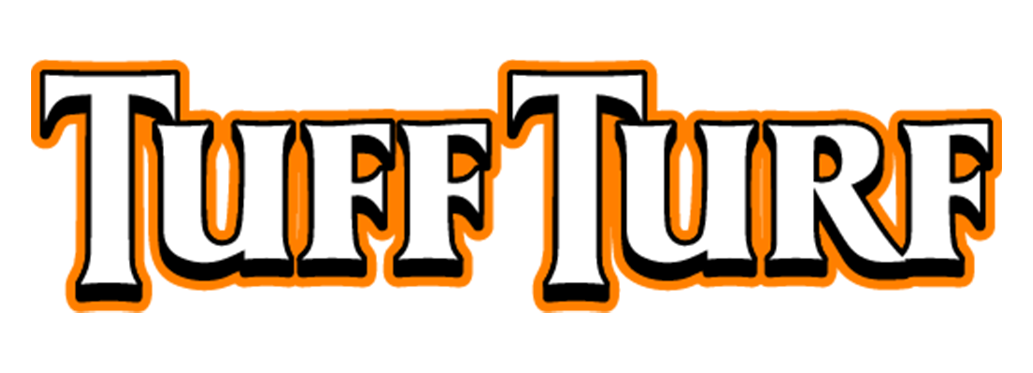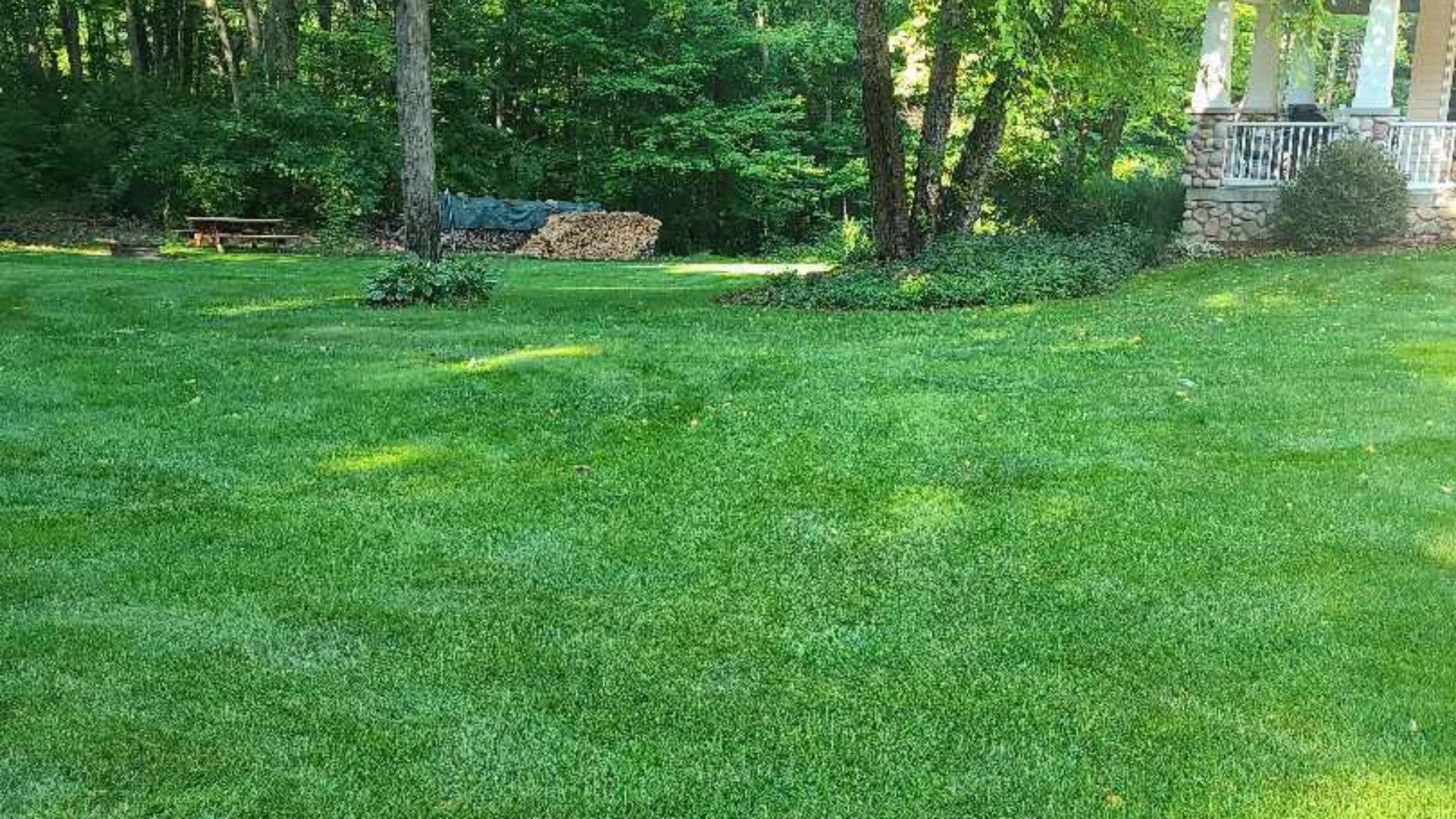Violets are purple weeds with well-developed heart-shaped leaves. They are aromatic and can be annuals or perennials. The weeds grow low to the ground and usually lack noticeable stems. Although called violets because the weeds tend to have petals that are purple in color, the petals can also be blue, yellow, white or bicolored. The weed’s petals are typically formed in groups of five.
Conditions for growth include mostly shady areas. After flowering, these weeds produce fruit capsules that eject seeds at a considerable distance for pollination. Violets are a ground cover. They used to be planted in landscape beds because of their tolerance for shade and how quickly they spread. They may also be introduced accidentally into the landscaping when they grow with other ground covers like Myrtle and English Ivy. Often time the violets are never seen growing in other ground covers because they will grow lower and not shoot above the ground cover. Violets have a very extensive root system that will expand for long distances underground. The violets that are visible above ground are all connected underground with the same root system, even if the plants above ground are more than 10 feet apart from each other.
For most homeowners, violets are considered a weed. However, typical weed control products are not found to be an effective weed control method for violets.
Violet Weed Control
We have not found a product available at the retail level that will effectively control Violets in the lawn. A good 3 way product with Dicamba, MCPP, and 2,4-D can cause the leaves to curl, and possibly disappear, but the roots will not be affected. What makes this a difficult to near impossible weed to control is the extensive root system that extends for long ways underground without ever sending up any stems or leaves. In order for any kind of weed control product to be effective it has to be taken in by the leaves. If violets are growing in a landscape under neath ground covers like Myrtle or English Ivy, or in flowers and shrubs, they will continue to send out roots into the lawn that eventually send up more stems and leaves. Very rarely are there single plants of violets in the lawn that don’t have a root system connected to a hidden source.


